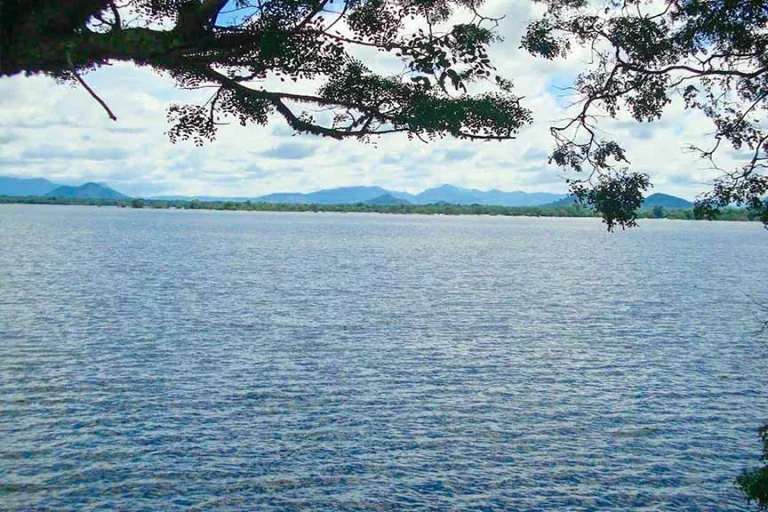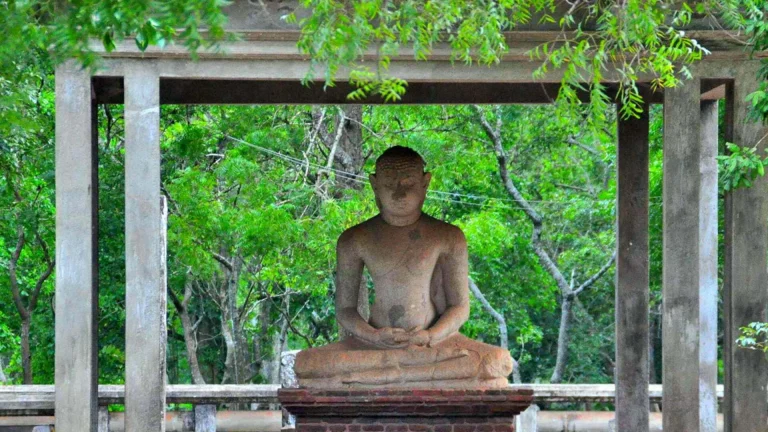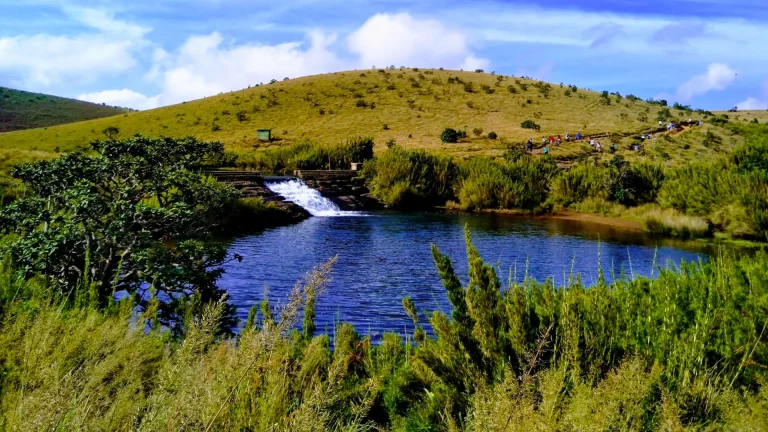All Provinces
Discovering the Spiritual Heart of Sri Lanka: Ruwanweliseya in Anuradhapura
Nestled in the ancient city of Anuradhapura, Ruwanweliseya stands as a timeless testament to Sri Lanka’s rich spiritual heritage and architectural brilliance. This magnificent stupa, also known as the “Great Stupa,” is one of the most revered monuments in the country, drawing pilgrims and tourists alike from all corners of the world. As you walk through its hallowed grounds, you are not merely exploring a historical site but embarking on a journey through time, culture, and spirituality.
A Glimpse into the History
Ruwanweliseya was built by King Dutugemunu, one of Sri Lanka’s most celebrated monarchs, in the 2nd century BCE. The king, having united the island under his rule, commissioned the stupa as a symbol of the triumph of Buddhism in Sri Lanka. Legend has it that the foundation stone was laid on a day believed to be auspicious by the stars, adding a celestial significance to its creation.
Standing at an impressive height of 338 feet (103 meters) and with a circumference of 951 feet (290 meters), Ruwanweliseya is a marvel of ancient engineering. The original structure was adorned with gold and precious stones, reflecting the devotion and grandeur associated with its construction. Over the centuries, the stupa has undergone several restorations, preserving its majesty for future generations.

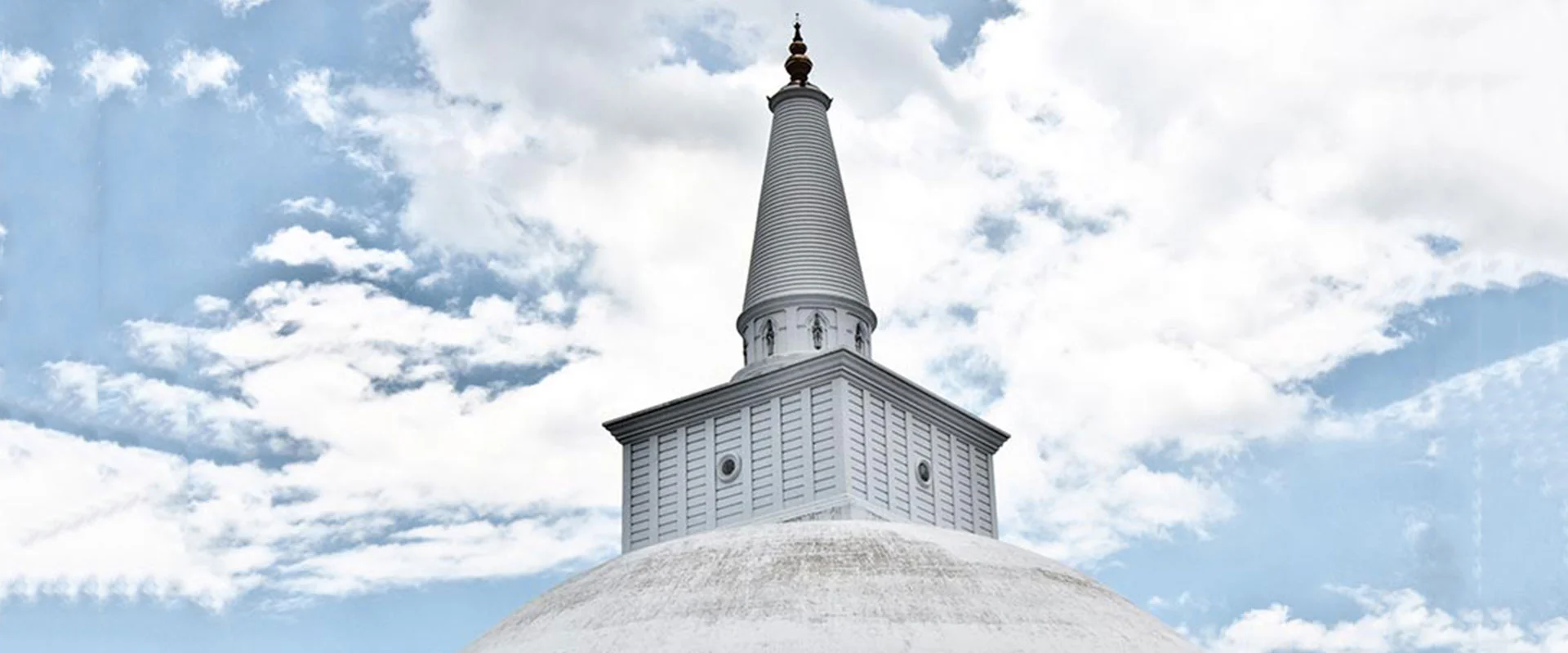
Architectural Marvel
Ruwanweliseya’s architecture is a blend of simplicity and grandeur. The stupa, or dagoba as it is locally known, is a hemispherical structure built over a relic chamber, which is said to contain relics of the Buddha. The stupa’s pure white dome, symbolizing purity and the Buddha’s enlightenment, contrasts beautifully with the blue skies, creating a sight that is both serene and awe-inspiring.
The stupa is surrounded by a large, circular terrace, known as the ‘pethima,’ which is enclosed by a stone fence. This terrace is adorned with four smaller stupas at the cardinal points, representing the four directions of the universe. The base of the stupa is decorated with a frieze of elephant figures, symbolizing strength and stability. The design is a perfect example of the ancient Sri Lankan architectural style, which blends functionality with spiritual symbolism.
Spiritual Significance
For Buddhists, Ruwanweliseya is more than just a historical monument; it is a sacred site of immense spiritual significance. The stupa is one of the Solosmasthana, the 16 places of veneration in Sri Lanka, and one of the Atamasthana, the eight sacred sites in Anuradhapura. Pilgrims believe that visiting these sites brings spiritual merit and blessings.
The relics enshrined within Ruwanweliseya are believed to include the Buddha’s ashes, further enhancing its sanctity. The site is often filled with the fragrance of incense, the sound of devotional chants, and the sight of devotees clad in white, offering flowers and prayers. It is a place where the spiritual and the temporal meet, where the faithful come to seek solace, guidance, and a deeper connection with their faith.


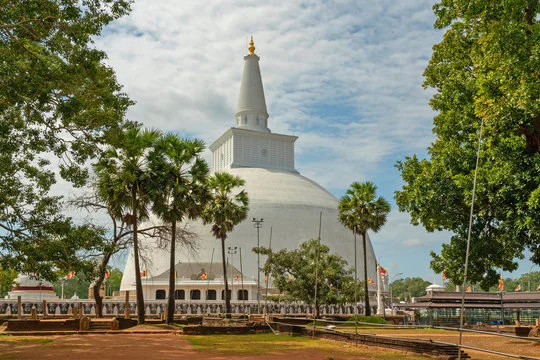



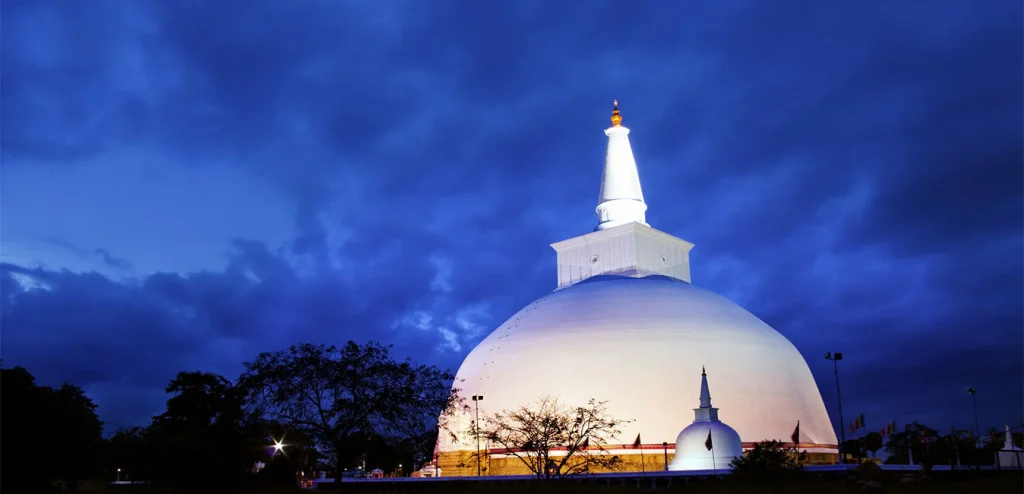
A Living Monument
Despite its ancient origins, Ruwanweliseya is not a relic of the past; it is a living monument. The site remains an active place of worship, where daily rituals and annual festivals are held. The most significant of these is the Poson Poya, which commemorates the introduction of Buddhism to Sri Lanka. During this time, the stupa is adorned with lights, and the entire area comes alive with processions, prayers, and offerings, creating a vibrant and spiritual atmosphere.
Visiting Ruwanweliseya
Visiting Ruwanweliseya is a profound experience, whether you are a pilgrim seeking spiritual fulfillment or a traveler interested in history and architecture. The site is part of the larger Anuradhapura Sacred City, a UNESCO World Heritage Site, which includes other significant monuments such as the Jaya Sri Maha Bodhi, the oldest living tree in the world, and the Abhayagiri and Jetavanaramaya stupas.
To fully appreciate the significance of Ruwanweliseya, it is recommended to visit with a guide who can provide insights into the history, legends, and spiritual practices associated with the site. Early morning or late afternoon visits are ideal, as the soft light enhances the stupa’s ethereal beauty, and the temperatures are more comfortable for exploring the extensive grounds.
Practical Information
- Location: Anuradhapura, North Central Province, Sri Lanka
- Best Time to Visit: November to April, during the dry season
- Entry Fees: Foreign visitors may be required to pay an entrance fee to the Anuradhapura Sacred City.
- Dress Code: Modest attire is required, with shoulders and knees covered. Shoes must be removed before entering the stupa area.
- Guides: Local guides are available at the site and can be hired for a small fee.
Conclusion
Ruwanweliseya is not just a destination; it is an experience. It is a place where history, spirituality, and culture converge, offering visitors a chance to connect with the profound legacy of Sri Lanka’s Buddhist heritage. As you stand before its towering white dome, surrounded by the tranquility of the sacred grounds, you cannot help but feel a deep sense of reverence and wonder. Whether you are seeking spiritual enlightenment or simply looking to explore the rich history of Sri Lanka, a visit to Ruwanweliseya in Anuradhapura is a journey that will leave a lasting impression on your heart and soul.
See More Tourist Places Click Here



